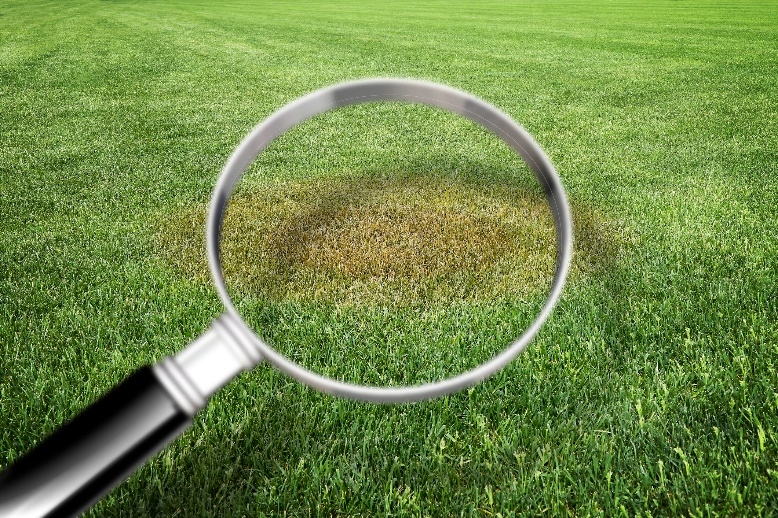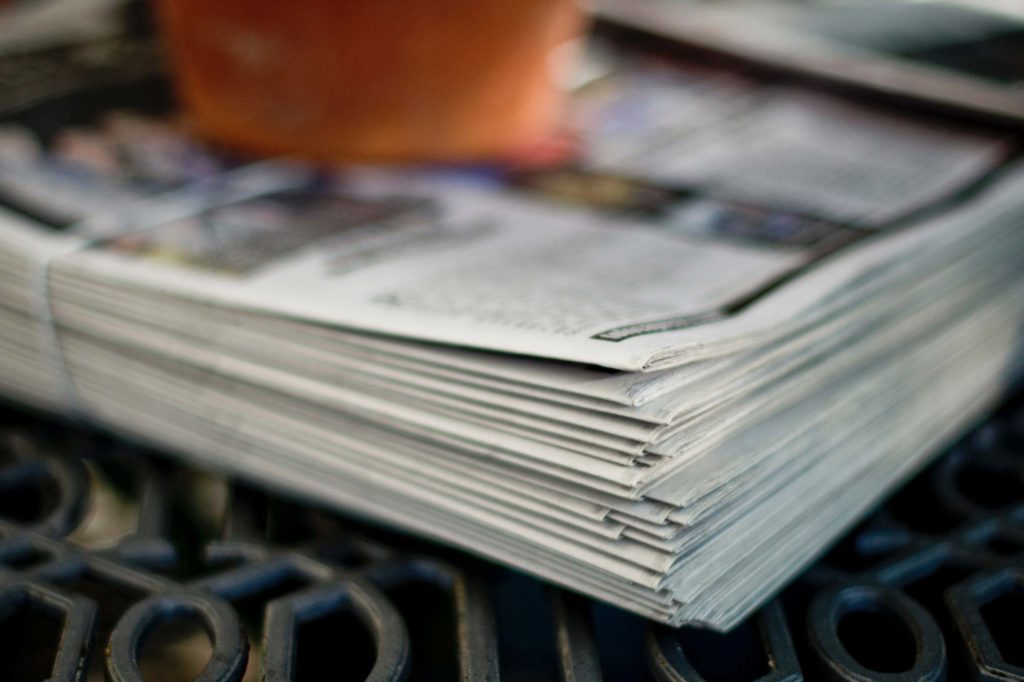
Diagnosing & Solving Lawn Brown Spots During Texas Summers
Humans and animals certainly aren’t the only creatures affected by extreme heat. Since your lawn and landscaping are in direct sunlight for all or most of the day, they can really take a beating. Heat stress is typically caused by high heat and humidity and can cause subsequent issues such as weed and insect infestations, diseases, and sometimes even death. If you notice signs of heat stress, don’t panic – there is still time to revive your lawn. However, it is much easier to prevent it from happening in the first place. To help in solving lawn brown spots and prevent your lawn from suffering, follow these tips.
Stick to a Proper Watering Schedule
your yard, your instinct might be to compensate by increasing how much you water it. However, don’t be too hasty to grab that garden hose. The proper watering technique is essential to make sure your lawn is receiving the correct amount of water. Watering your lawn lightly every day actually causes more harm than if you water more thoroughly 2-3 times per week. It’s recommended to stick to a watering schedule of 3 times per week for 8-10 minutes at a time, between the hours of 12:00 AM – 6:00 AM. A lawn irrigation system can also help prevent over or underwatering your lawn.
Sharpen Your Lawn Mower Blades
By mowing your lawn with a dull blade, you can cause significant damage to the plant tissue. When you have torn or shredded grass blades, your lawn can appear brown and become vulnerable to disease and stress. By regularly sharpening the blades of your lawnmower, you can ensure that the cut will be clean, and sharp and leave your grass happy and healthy. It’s also recommended to stick to the 1/3 rule: when mowing in the heat, never remove more than 1/3 of the total height at once. By allowing your lawn to keep some minor length, it stays cooler and avoids adding stress to the grass blades.
Step Away from the Fertilizer
Upon seeing patches of dead or dying grass in your yard, you might first be tempted to pull out the fertilizer to help it grow back. However, it’s ideal to avoid fertilizing your lawn during the sweltering summer months, because it’s during this period of time that your grass consumes more energy than it produces. When you apply fertilizer while the grass is already consuming a lot of energy, it can easily put unnecessary additional stress on your lawn. Prevent this additional stress by fertilizing in the fall to prep your lawn for winter instead.
Other Potential Lawn Stress Culprits
If you’re following all of these guidelines and still see signs of what appears to be heat stress, the heat might not actually be the culprit. Armyworms, chinch bugs, and grubs all play a part in the destruction of an otherwise green and healthy lawn. Chinch bugs tend to suck the leaf blades dry of moisture, causing severe dehydration. Armyworms like to make a meal out of your grass and can be found munching away on your leaf blades, often in large numbers. Grubs are the most damaging, however, as they can destroy the roots of your lawn. All of these creatures can be avoided by using preventative measures before their peak season, so make sure to check in with your lawn care team to tackle these invaders early!
If you start to notice signs of heat damage or stress on your lawn, following these tips are a great start to getting your grass back to its beautiful natural state. To make sure that your lawn is getting all of the proper care and nutrition it requires, it’s always a good idea to call in the experts to diagnose an issue and help get your yard healthy and green again. Higher Ground Lawn Care and Lighting are ready to take your property to a higher level. Experience why your neighbors and businesses in University Park, TX & surrounding areas choose Higher Ground Lawn Care & Lighting to bring their property to the next level. Contact Us at (682) 206-3596 or check out our website today.
Ready to get started?


